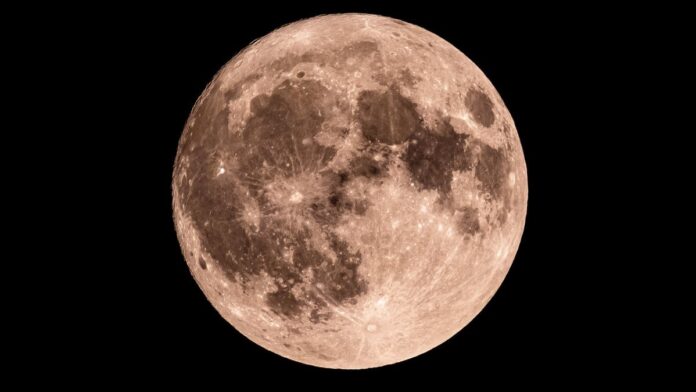The moon we see in our night sky isn’t static – it constantly changes shape as it orbits Earth, a celestial dance illuminated by the sun’s rays. This captivating cycle is called the lunar phase, and tonight (November 6th) presents us with a Waning Gibbous moon, showcasing nearly its full brilliance before transitioning into darkness.
So, what does this mean for stargazers? The Waning Gibbous moon shines brightly, currently at around 98% illuminated according to NASA’s Daily Moon Observation. That means it’s still large and readily visible – perfect for anyone wanting to glimpse its captivating features.
Even without any special equipment, you can spot prominent lunar landmarks like the Tycho Crater, Mare Vaporum, a vast dark plain (mare), and the Mare Serenitatis. If you have binoculars, prepare to delve deeper with views of the Clavius Crater, another distinct dark marking on the moon’s surface, as well as Mare Humorum and Mare Frigoris. For the truly dedicated astronomer, a telescope unlocks further wonders: identifying the landing sites of Apollo missions 14 and 17, and even tracing the intricate Rima Ariadaeus – a long, sinuous fracture system caused by ancient volcanic activity.
This celestial display won’t last forever. The moon will gradually continue to wane, shedding its illuminated portion until it vanishes completely during the New Moon phase in about three weeks. After this darkness, our lunar companion will begin anew on its journey toward fullness, culminating in the next full moon scheduled for December 4th.
The lunar cycle isn’t just visually captivating; it’s a fundamental astronomical process. As the Moon orbits Earth every 29.5 days, our changing perspective from below causes it to appear as different phases – illuminated discs against the black canvas of space. This shift in illumination is entirely due to the Sun’s light reflecting off its surface, even though we always see the same side of our celestial neighbor.
Understanding these phases allows us to appreciate the intricate interplay between Earth, Moon, and Sun, highlighting how seemingly simple events in the sky hold profound scientific significance.










































